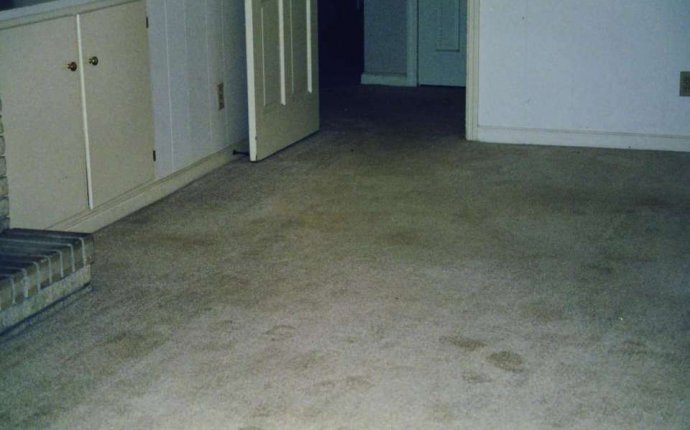
Carpet Cleaning Statesboro GA
Mistakes happen, and when it comes to owning a carpet or rug, mistakes usually mean stains. The plush softness of carpet and rugs comes with a price: the time and care required to clean them. Cleaning your carpet or rugs can require some extra work and special techniques that differ from typical hardwood or tile floors. In some cases, you may even need to hire a professional to get the best results.
DIY Cleaning
For minor stains or routine cleaning, it's possible to effectively treat a carpet or rug yourself. If a thorough vacuuming doesn't get rid of dirt in certain areas, here's how to tackle them on your own.
Stain Basics
A number of liquids can stain carpet or rug materials, including wine, coffee, nail polish, or blood, to name a few. Depending on what caused the stain, the carpet or rug's material, and how long it's been there, you may need to use different techniques or cleaning supplies to get rid of it. In general, though, keep the following ground rules in mind for stain removal:
- Apply a cleaning solvent directly on the stain, if needed, and allow it to soak in for a few seconds.
- Use a damp cloth to blot the spot. Don't scrub or apply too much pressure, as this might only further embed the stain into the carpet or rug.
- Rinse the cloth and continue blotting until the stain is removed.
Take these steps to remove a stain as soon as possible to prevent drying.
Solvents
Some stains may come out with little more than water or a mild soap. More serious stains may require a solvent to make removal easier. The best solvent to use depends on what caused the stain.
-Water-soluble stains: These include berries, cola, food dye, jelly, mud, washable ink, or wet paint. Mix a solution of 1/4-teaspoon nonbleach detergent (or white vinegar) with 32 ounces of water.
-Dark water-soluble stains: Chocolate, coffee, mustard, tea, wine, and bodily fluids often stain much more readily than other water-soluble materials and need a different solvent. Use 1 tablespoon of ammonia mixed in 1 cup of water first. If this doesn't work, try combining one part chlorine bleach with five parts water. These solvents may remove color from certain fabrics like wool, so check with the manufacturer for the best cleaning method.
-Oils and waxes: This would include glue, gum, nail polish, and cigarette residue. The best way to clean each of these varies - some may need to be simply scraped off or, if possible, frozen to make it brittle and then chipped away. Most glue can be dissolved and removed using a solvent like rubbing alcohol. Nail polish may also be dissolved using rubbing alcohol or with nail polish remover containing acetone.
Why You Should Hire a Carpet Cleaner Service
Unfortunately, some stains may prove difficult to remove using household products. In any case, vacuuming and spot cleaning may not be enough to get your carpet or rug looking like new again. That's why many homeowners opt to hire a professional carpet cleaning service on a regular basis, around once every 12 to 18 months.
When it comes to heavy-duty carpet cleaning, you have many options to pick from. The two most common methods for cleaning carpets are steam cleaning and dry cleaning.
Steam Cleaning Carpets
Steam cleaning is a common method for professional carpet cleaning, but the name is somewhat misleading. Steam-cleaning services use machines that utilize hot (but not boiling) water in combination with a vacuum. The water is heated inside the machine and sometimes mixed with detergent before being sprayed directly onto the carpet. At the same time, a vacuum sucks up the water almost immediately after hitting the fabric. The hot water extracts far more dirt and stains than would be possible by hand.
Cleaning machines using hot water extraction can be purchased or rented for home use, but they aren't always as powerful as what professional cleaning services use. Improperly drying the carpet may also cause bacteria or mold growth. Professional cleaners also employ a number of other methods to pre-treat the carpet and ensure adequate drying. For these reasons, professional carpet cleaning may be preferable to do-it-yourself methods.
Dry Cleaning
Carpets or rugs can also be thoroughly cleaned using a dry-cleaning method. As the name suggests, there is much less water involved in dry cleaning, which means the carpet can be ready to use in less time. Using powerful solvents to break down dirt and stains, dry cleaning puts less physical stress on the carpet, and thus might be better in the long run. However, dry cleaning is usually more expensive than hot-water cleaning services. In addition, the chemicals used to dry clean carpets might irritate pets, people with sensitive skin, or anyone sensitive to strong odors.
What to Ask a Professional Service
Before choosing a professional carpet cleaning service, make sure you will be getting what you paid for by asking the right questions and doing your homework.
Decide Which Method to Use
Again, there are pros and cons involved in using a hot-water-based cleaning service or dry cleaning. Take into consideration not only cost, but how long the process will take from start to finish, including drying time. Also take note of the material your carpet is made from, and consult the manufacturer if possible to learn about the best ways to clean it. If you or your family is sensitive to any chemicals, be sure to keep this in mind and ask about what chemicals are used.









